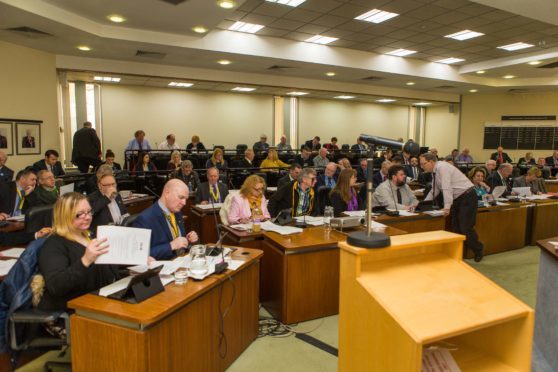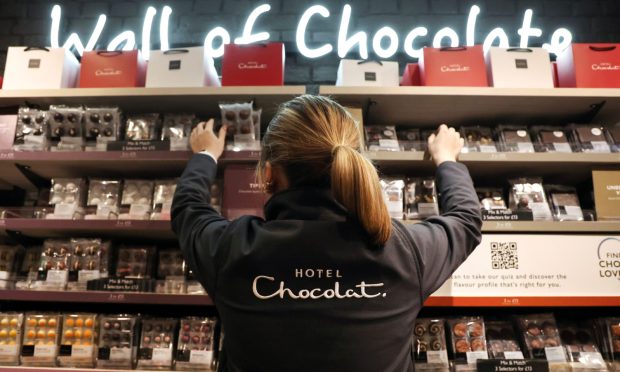As a reporter of repute/disrepute (delete where applicable), I’ve got to say that I’m currently doing a spot of fence sitting in relation to the weekend’s news about Fife Council broadcasting some of its meetings live.
Like anything these days, it’s going to have its pros and its cons, its supporters and its detractors, although I’m all for the sentiment behind it.
Live footage of Holyrood or the House of Commons can be of tremendous benefit to people who wish to stay informed, and it allows us to see how the people we elect — or not as the case may be — perform in a variety of circumstances.
We can see how they handle pressure, what they bring to debates, how they vote on certain issues.
That kind of transparency can only be a good thing for the public I reckon.
But at the same time, the niggling cynic in me has reservations about how it’s going to work in practice.
We cover as many council committees as we can here in Fife, resources allowing, and that will still be the case. I can hear my colleagues groaning as they read this.
Many of our stories stem from what’s said in committees, and the new tactic will no doubt allow us greater accuracy as well as access to meetings that we may not physically be able to cover.
That’s all good, but I have a real fear that our 75 elected members will go either of two ways.
The danger is that councillors who have previously had interesting inputs clam up, maybe in fear of being in front of a lens for whatever reason, or alternatively there’s also the possibility of some playing up to the cameras a little too much.
I’m glad the council isn’t going down the Facebook Live route as, while beneficial to see things happening live, the use of that medium means a minority of viewers who think it’s OK to post insulting and abusive comments will have a field day.
However, and trust me as a journalist I know, anyone can take someone else’s words and take them out of context, or twist them to suit an agenda.
Yes, the video footage will mean that Joe Bloggs can go back and scroll through footage to see what was actually said on any given day, but do you honestly think Mr Bloggs will have the time and/or inclination to do that? There is still the very real danger that social media “clips”, taken out of context, may be used to further a certain argument, with the potential for “fake” news to spread quickly before the subject is given a chance to right any wrongs.
At the end of the day, I’m just hoping that the introduction of cameras doesn’t change the narrative too much, and that the real focus remains where it should — on sound decision making and healthy debates.










